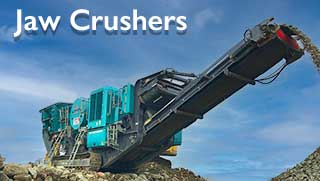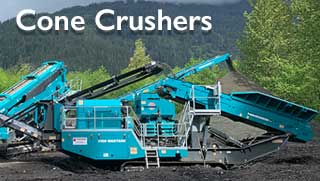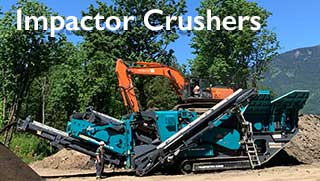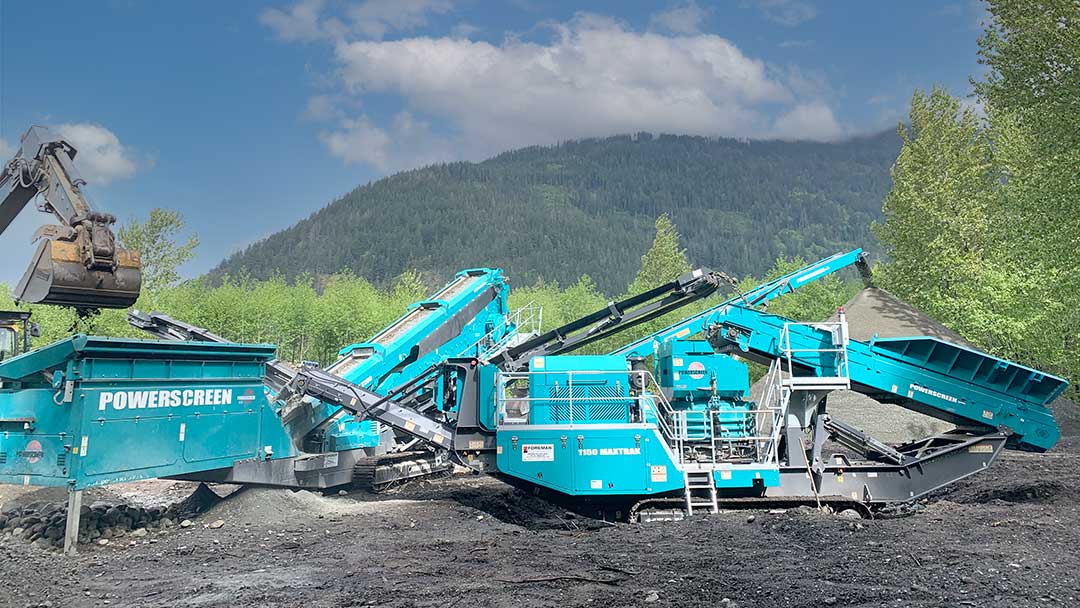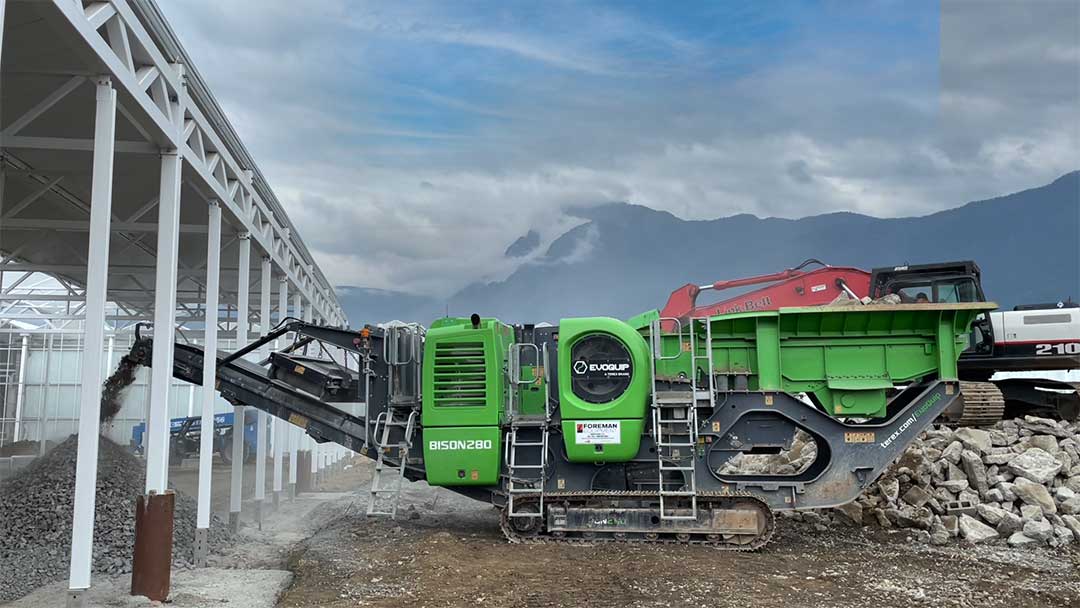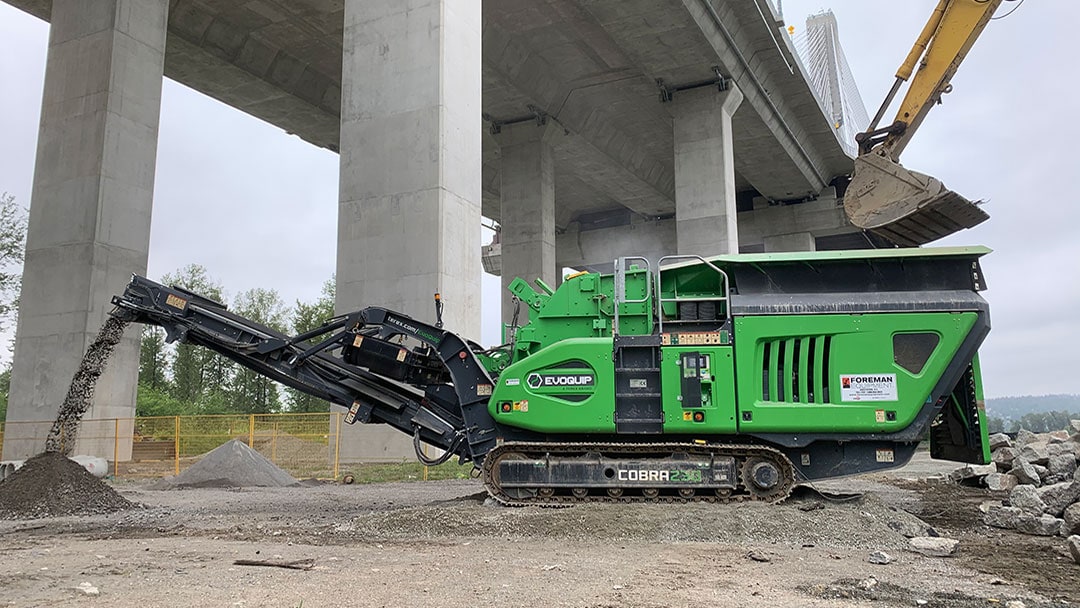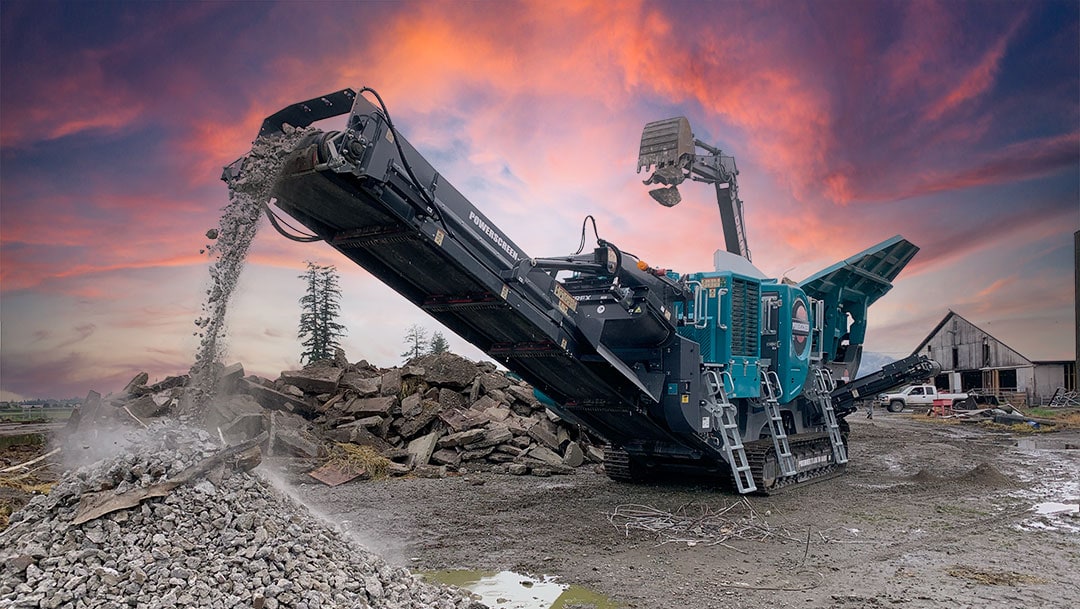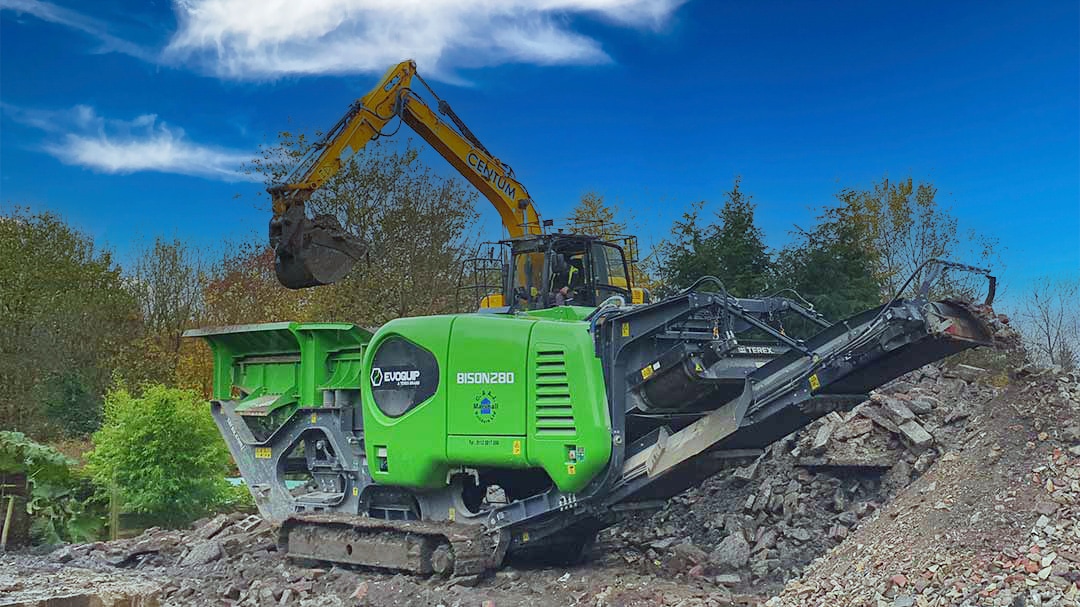Choosing the Right Crusher for Rock, Stone, Concrete and Asphalt
Feed size, finished product size, and type of material to be crushed are just a few of the things to consider before choosing a crusher. The right choice of a crusher is the first step in optimizing your production.
Choosing the Right Crusher for Rock, Stone, Concrete and Asphalt
View Our Inventory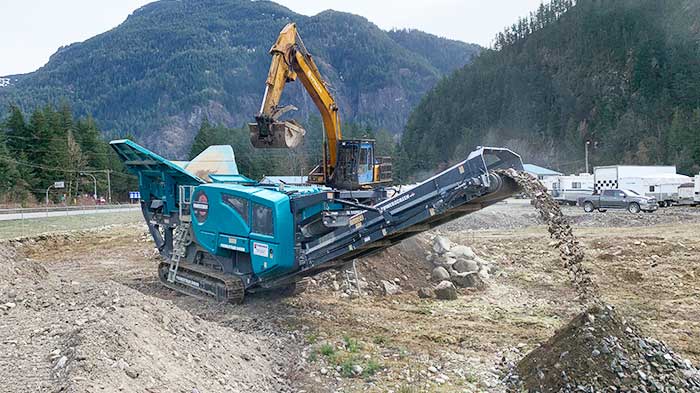
Choosing the right crusher
Aggregate producers and recyclers use rock crushers to reduce the size of rock, stone, concrete and asphalt rubble to produce construction materials like base gravel and new concrete and asphalt mixes.
Several types of crushers are available in the marketplace, but jaw, cone, and impactors are the most commonly used today.
4 Things You Need to Know to Choose the Right Rock Crusher
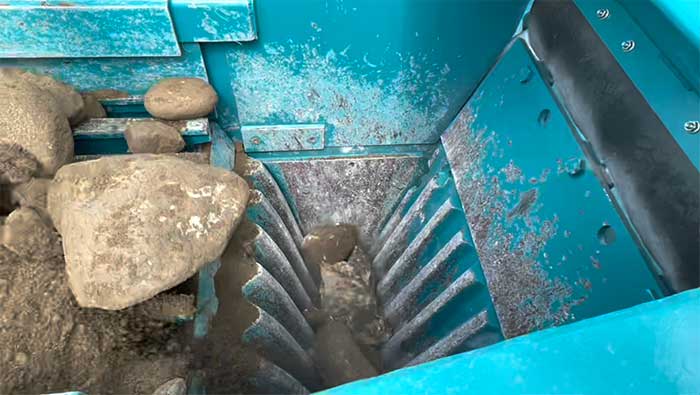
Before picking up the phone or heading out to the dealership, you’ll want to do some research. To choose a suitable crusher, you’ll need to provide information about the material you plan to crush.
- The abrasiveness and hardness of the material determine the compressive strength it can withstand before breaking.
- The size of the feed material to determine the size of the crusher required.
- The size of the finished material is required to determine the number of crushing stages necessary to achieve the desired reduction.
- Capacity (throughput) is measured in tons per hour. You will need to determine the processing capacity (or throughput) necessary for your use.
Types of rock crusher
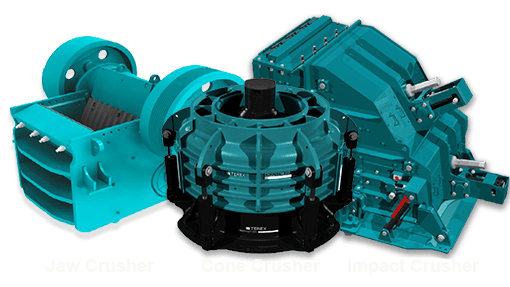
Compression & Impact Crushers
All crushers crush rock, but each one does it a bit differently. How they crush rock is what defines them and sets one apart from the other.
When you think about it, there are three ways to crush something.
- You can squeeze it so hard that it breaks. (Compression)
- You can throw it really hard at something so it breaks up when it hits. (Impact)
- You can hit it with something so hard, it breaks. (Impact)
Compression Crushers
Jaw and cone crushers use compression to squeeze rock between two surfaces until it shatters. These crushers generate an enormous amount of power and are able to crush a variety of materials including hard abrasive stone like granite.
Impact Crushers
Impact crushers rely on velocity and sudden impact inside the crusher to break the rock and stone. They provide a high reduction rate, but because of how they crush, they’re best suited for crushing soft to medium-hard materials like limestone.
Crusher Configurations
Crushers are typically combined with other components like feeders, hoppers and conveyors and mounted on a frame or chassis. Depending on individual needs, plants can be stationary/modular, track-mounted mobile, or wheel portable.
Stationary and Modular Crushing Plants
Stationary plants typically reside in rock quarries and mine sites where they never move and stay for the plant’s entire life. They require a larger footprint and considerable infrastructure like buildings, walls, pads, and ramps to support the equipment.
Staionary equipment doesn’t move, which means that the feed source is continually moving further away from the crusher. This means longer loader cycling times, increased fuel consumption and wear and tear on equipment.
As the distance increases, material must be brought to the crusher by pushing it with a bulldozer, conveying, or hauling with trucks.
In contrast, wheeled and mobile plants can easily and quickly move from one location to another or maintain proximity to the feed source. Portability also makes it easier to replace one machine for another in the event of breakdowns or upgrades.
Mobile vs Portable Crushing Plants
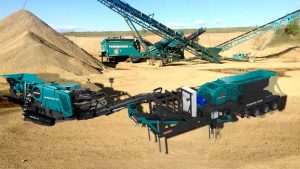
There are advantages and disadvantages to mobile and portable equipment. To some degree, equipment selection is based on application, but there are more practical considerations that may come into play.
Both tracked and wheeled chassis offer producers portability, versatility and flexibility. Portable setup times have improved over the years, but it still has to be spotted, set up, have cables laid out and connected to external power. Depending on the equipment, this can take anywhere from a few hours, to several days. Mobile equipment sets up in minutes, not hours.
Track-mounted mobile equipment has a smaller footprint and is completely self-contained. It doesn’t require external power, so it’s able to access remote locations and sites where space is limited.
Mobile Solutions Provider
Foreman Equipment specializes in mobile, track-mounted jaw, cone and impact crushers from Powerscreen and Evoquip.
We’ve been the Powerscreen Dealer for B.C. since 1984 and more recently, for Evoquip, the Compact Crushing and Screening Specialists. Our lineup of jaw, cone, and impact crushers from these two industry leaders covers everything from primary crushers with size and production capacities large enough for pit and quarry production to compact crushers small enough to fit into the most cramped job site.
Whatever you need to crush.
Whether you need to crush 200,000 tonnes in a pit or quarry, or 2,000 tonnes of concrete recycling on a C&D job, we’ve got you covered with reliable, cost-effective crushing equipment from Powerscreen and Evoquip.

